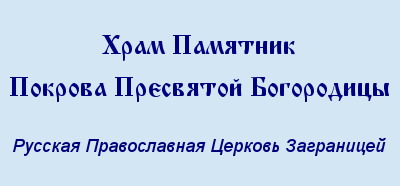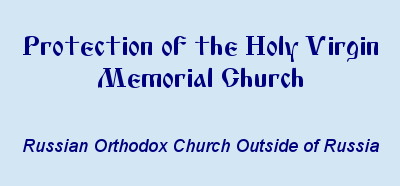Dear Brothers and Sisters,
Congratulations with the feasts of the Resurrection of the Lord and of the Holy Fathers Anthony and Theodosius of the Kiev Caves!
Today let’s briefly discuss the Seventh Ecumenical Council, with which many of you are probably already familiar. We all know that the Seventh Council defended icons and their veneration and condemned the iconoclasts, who falsely taught that icons are the same as idols, that it is impermissible to have icons or other images of the Saviour, the Mother of God, the angels, or the saints in churches, or homes, and that prayers before images is tantamount to idol worship.
There are various theories which try to explain why this heretical teaching appeared. Some believe that the emperor was influenced by the Jewish or Muslim prohibition of images of the Divine to ban icons. Others think that the iconoclasts were reacting to real violations of some of the Orthodox regarding the use of icons; perhaps some people truly did venerate or worship physical icons –the boards and pigments, not the prototypes which were depicted on them. Still others posit that iconoclasm was a political maneuver to humiliate the monastics and confiscate their large land holdings for the benefit of the government. Although this question is interesting, we won’t delve into answering it today. Let’s only note that this heresy began in the reign of Emperor Leo the Isaurian (reigned 717-741), was intensely supported by the Emperor Constantine Copronymus (741-775) and continued to exist during the reign of Leo the Khazar (775-780). Only in the reign of Constantine VI (780-797) and his mother Irene did the Orthodox once again come to power in the Byzantine Empire.
During the years that the venerators of icons were persecuted, many confessors and martyrs for the Orthodox faith appeared. Amongst them were the Holy Hierarch Germanus of Constantinople and the monk Saint Stephen the New. The main apologist of the Orthodox faith in these years was the wonderful hymnographer and theologian John of Damascus. In the fall of the year 787, the Emperor Constantine and his mother Irene called the Seventh Ecumenical Council which met in Nicea and was attended by 367 fathers. Presiding over the council was the new patriarch of Constantinople, the Holy Hierarch Tarasius. The council confirmed the Orthodox teaching on icons and condemned the iconoclasts. The council explained why we venerate icons with the following words: “The honour which is paid to the image passes on to that which the image represents, and he who reveres the image reveres in it the subject represented.” Not long after the Seventh Council, the iconoclasts once again came to power in Constantinople. Only in 843 was icon veneration finally and definitively confirmed.
Some may think that the question of icon veneration is not of such importance and does not have such deep meaning as those questions that were discussed at earlier councils, but this is not the case. It is important personally for each of us and for our salvation, just like the questions discussed at all the other ecumenical councils. Images of our Lord Jesus Christ in pictorial form clearly witness to the truth that God became a man and lived here on earth amongst us, suffered on the cross, and arose from the dead. If the Lord and God became a man and was seen by His contemporaries, why should we not be able to gaze on His image? If we reject the possibility of depicting the Saviour, we are as if rejecting the fact that He came to earth and, in such a way, joined himself to us.
In some cases, it seems that icons can much more clearly express those theological truths or dogmas about which we have been talking for the last two months than any words. What words can express the whole idea of the incarnation of our Lord Jesus Christ better than an icon of the newly-born infant Christ, lying in a manger in a dark cave? What theological works can express with such precision the fullness and depth of this incarnation as can an image of the crucified Christ on the Cross? What hymns, even the most sublime, can with such clarity show those consequences that the incarnation and death on the cross brought to the whole human race and personally to each of us as an icon of the Resurrection of the Saviour? Understanding this, let us gaze more often upon the image of our Saviour and, in such a manner, immerse ourselves further into spiritual reflections on those great things that our God has done for our salvation!
priest Alexis







